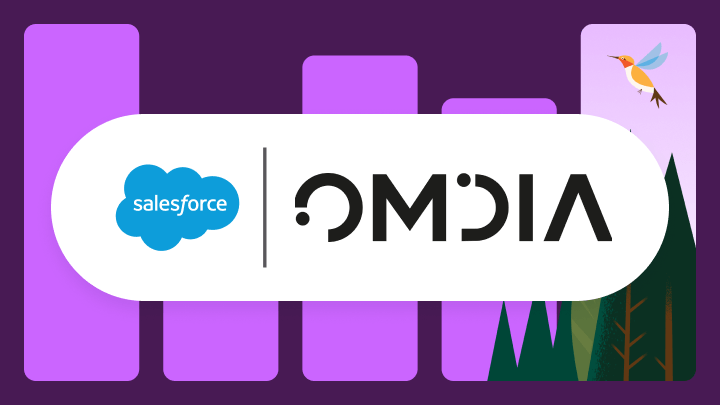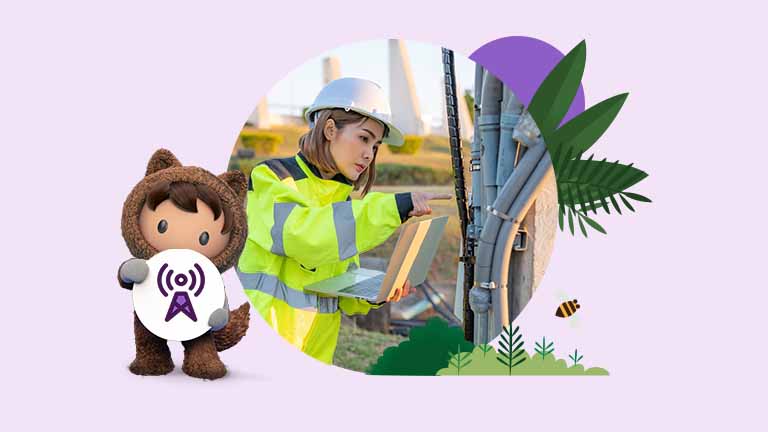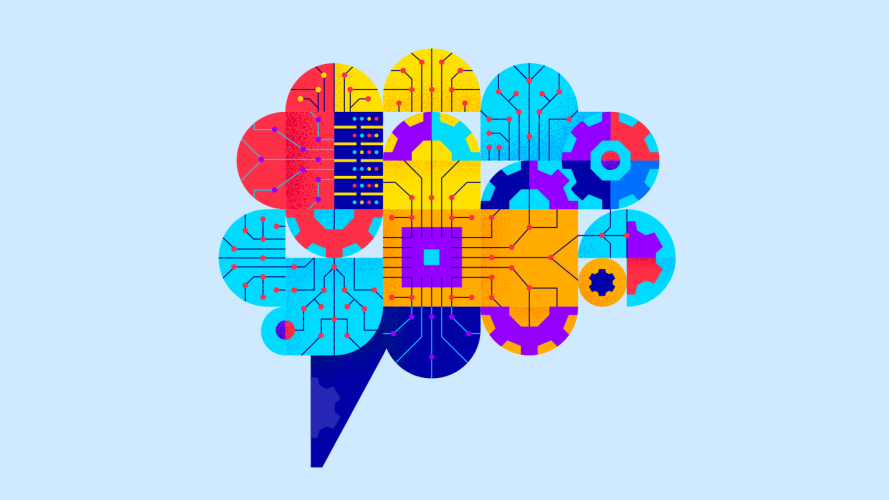4 AI Features Telecoms Can Implement Now to Level Up Customer Service

Implementing intelligence to improve service may seem like a heavy lift, but there are quick-and-easy solutions available now.

Jonathan Phillips
If you asked any communication service provider, they are focused on improving customer service experiences to increase loyalty and decrease churn. As such, they’re looking to data and AI to help take their service to the next level. But there is so much uncertainty out there around AI for telecom customer service because it exposes those organizations to new risks and uncertain returns.
In a highly regulated industry, communications companies have many governmental bodies keeping an eye on their customer data, and data security and privacy is a top priority. Some feel more comfortable developing their own in-house AI customer service solutions, but the technology is evolving so rapidly, with security functionality advancing at an equal pace, that pre-built, productized solutions with built-in management of security guardrails are increasingly popular for speed, ease of implementation and regulatory compliance considerations.
Companies can now use plug-and-play technology that can be put to work immediately, rather than spending thousands of hours developing their own generative AI applications without sacrificing data security. In other words – it’s a lot easier and safer to implement than you may realize.
Here are four ways communications companies can use AI to improve their customer service right now.
What you’ll learn
1. Personalized chatbots
Communications companies have been using predictive AI technology for years to manage customer queues and wait times. In recent years, AI-powered chatbots have become ubiquitous in digital customer service chats.
Gone are the days when telecom customers had to wait on hold for hours to get assistance. Now, customers can immediately access customer service bots to solve a wide variety of issues leveraging both predictive and generative AI. Predictive AI can do things like help direct customers to self-service resources. Service chatbots can also provide personalized responses or automate routine tasks.
Often, simple problems can be fully solved by a bot, eliminating wait times and allowing customers to move on with their day. Perhaps more importantly, human agents are now freed up to efficiently handle more complex cases.
2. Inquiry triage
When simple concerns are being handled by AI-powered bots, customer service agents can direct their focus to cases that require a human touch. Communications companies can leverage predictive AI to analyze an incoming case, classify it, and then route it to the agent with the best, most applicable experience. This eliminates the time-consuming process of transferring a customer from one department to the next to find the right agent to help.
Eliminating annoying and time-consuming transfers can translate to customer loyalty as 48% of customers say they’ve switched brands for better customer service, while 94% say good customer service makes them more likely to make another purchase.
Once an agent is matched with a case, they can then use AI to help make intelligent recommendations and predictions and find information quickly. Instead of hunting through knowledge articles, they can type a question into a global search bar and receive a summarized answer with citations to the source material. Being able to quickly and easily access the company’s knowledge base enables them to provide recommendations tailored to each customer’s unique situation.
This often plays out in billing, pricing, and payment issues, which top the list of customer complaints in the communications industry. A management system into billing gives service agents an enhanced view of a customer’s data, including billing information and payment history, along with AI-powered insights to help them resolve issues and improve customer satisfaction.
3. Conversation mining
Conversation mining technology can summarize a case and report the most important details. Agents can then dive right into problem-solving, getting the customer closer to a resolution. During a transfer or escalation to a supervisor, rather than putting customers on hold for an extended period, they can employ conversation mining to quickly get another agent up to speed.
Using that same conversation mining technology, companies can also analyze all of their customer interactions, pulling out pertinent data like top reasons for contact and most effective solutions. They can isolate trends to inform future service decisions and potential workflow changes. They can also pull learnings from conversation data to create knowledge articles to help agents become more effective.
4. Communication and knowledge creation
You can also leverage generative AI to help draft customer correspondence. Each company’s proprietary knowledge and customer data is one of its most valuable assets – why not put it to work?
AI can analyze a customer’s data far quicker than a human could and craft targeted, appealing correspondence for agents to review and edit before sending to ensure the response is accurate and in your brand voice.
Likewise, companies can also use AI to streamline the creation of knowledge articles. Historically a time-consuming, manual task (requiring frequent updates due to changing trends), AI can do it quickly and accurately. Articles can be drafted and then edited by a human – or can even be edited by AI – and routed through a human review process before publishing.
Explore More AI-Powered Telecom Resources
Benefit today from AI for telecom customer service
Despite the apprehension and the seemingly heavy lift around many AI applications, communications providers can seize the opportunity to integrate existing AI solutions now to enhance services and stay ahead of the curve.
From chatbots that can reduce wait times and increase case deflection to conversation mining to summarize interactions, customers can be served better and faster. Automated problem-solving features free up human employees to solve complex problems with a personal touch. Generative AI can be used to create knowledge articles that improve customer service overall. And it’s all already available!
The current AI landscape provides ample opportunities to improve customer service, reduce churn, and boost your bottom line.



























